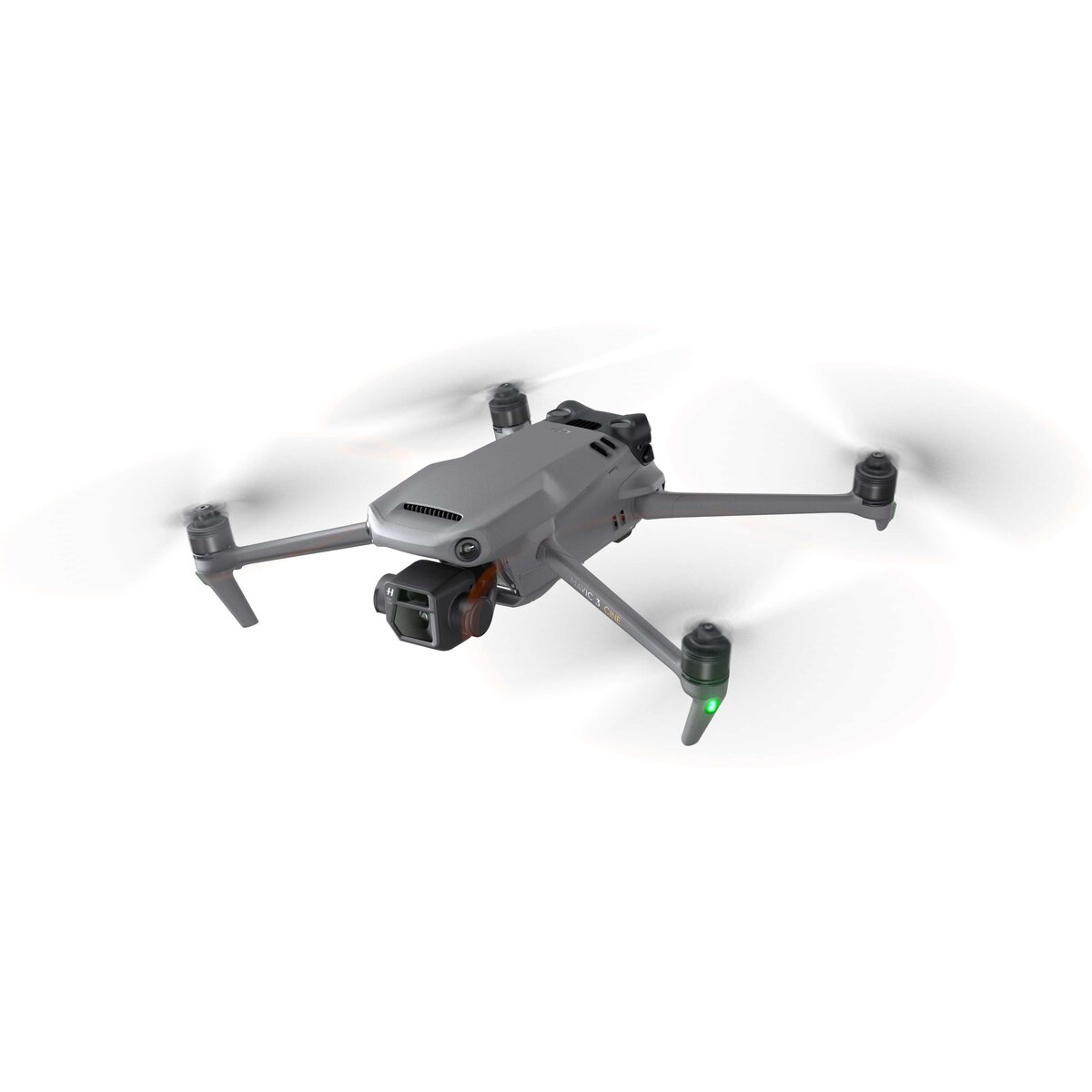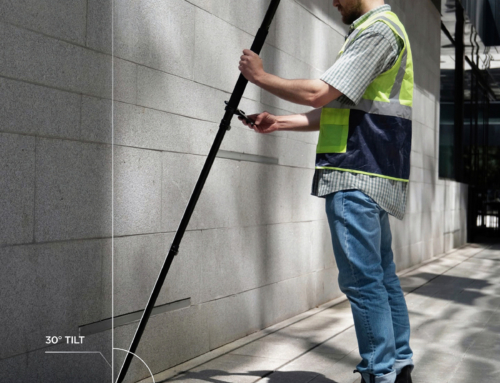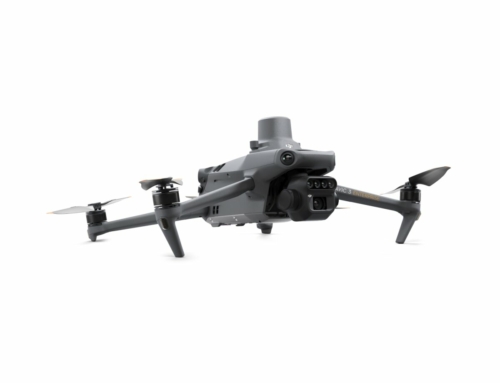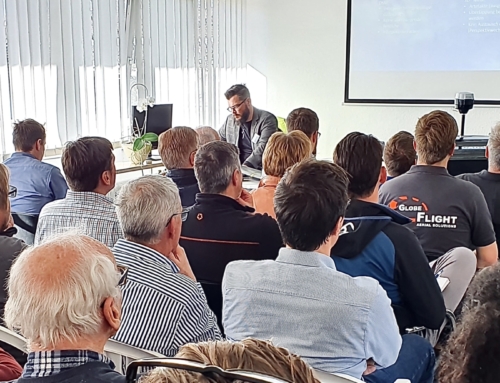It's finally starting!
What does that mean?

According to its own statements, DJI is the world's first drone manufacturer to use its "Mavic 3" series has received a C1 certification from TÜV Rheinland. And even goes one step further: There could be a "post-certification" for existing drones! New firmware, a form with the serial number to DJI and it should be possible to "upgrade" the drone to C1. The fourth quarter of 2022 is given as the time, so it will soon be time.
Then the Mavic 3 can be flown in subcategory A1 (with proof of knowledge). As soon as there is a corresponding application procedure, we will let you know.
What then happens in the firmware:
- The Mavic 3 series meets the new noise limit of 83 dB.
- When using ActiveTrack intelligent flight mode to photograph people or objects, the distance to people/objects is limited to 50 m. Above 50 m, ActiveTrack is disabled.
- The auxiliary LED will turn on or off automatically during use according to the actual environment.
- By default, the LED on the front arm of the drone will blink while the drone is powered on.
There may be further additions here, but more on that when the opportunity arises.
The C1 certification allows flying in the new open category A1 from a weight of 250 grams. However, the basic drone certificate A1/A3 “Proof of Competence” is still required. A C1 certificate also allows drone pilots to fly in places that were previously only allowed by long special permits. Up until now, there has not been (was) no C-classified UAS, therefore Transitional rules for “stock drones” determined by the Federal Aviation Authority.
Do you have any questions or would you like advice? Then give us a call: 089 427422 0
Here again the transitional rule of the LBA directly in the wording:
(...) so-called "existing drones", i.e. drones without a C classification according to the regulation (EU) 2019/945 that were placed on the market before January 1, 2023 acc. Art. 20 of the implementing regulation (EU) 2019/947 (DVO) as follows in the subcategories A1 and A3 of the open operating category:
- Devices with a maximum take-off mass (MTOM) less than 250 g in subcategory A1;
- devices with one MTOM of less than 25 kg in subcategory A3;
In addition, the following national transitional regulations apply in the Federal Republic of Germany for the operation of "existing drones" until December 31, 2022:
- uas up to 500 g may continue to be operated without a "drone driver's license" according to the conditions of subcategory A1.
- controller of uas to 2 kg may theirs uas operate at a distance of at least 50 m from bystanders if they have a level of competence at least comparable to uas.OPEN.030 point 2 of Part A of the Annex to the Regulation (EU) 2019/947. This level is reached when the remote pilot:
- about one EU- long-distance pilot certificate A2 or
- via a national proof of knowledge as well as via a EU-Proof of competence A1/A3 and a self-declaration about the completion of practical self-study according to uas.OPEN.030 number 2 letter b.Alternatively, these uas be operated under the operating conditions of subcategory A3. The taxpayer must do this by December 31, 2022, unless he is in possession of the EU-Proof of competence is via a national proof of knowledge acc. §21a Abs 4 p.3 No. 2 air regulation (old version).
- uas of more than 2 kg and less than 25 kg without C classification may only be operated in subcategory A3. Controllers require one to operate EU-Proof of competence A1/A3. Alternatively, until December 31, 2022, on the basis of a national proof of knowledge acc. §21a Abs 4 p.3 No. 2 air regulation (old version), to be flown.”(…)
(Source: www.lba.de)






